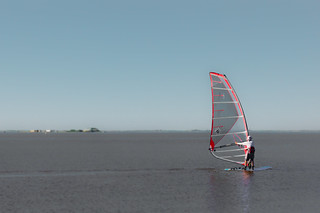Thanks to this oversight, I had to visit car dealerships with a tape measure. Yeah, I was the dork measuring SUVs.
I personally made the following interior measurements with a tape measure. Beware: these measurements are rounded to the nearest half inch, and the geometry inside cars is complex. The Highlander is much more complex inside than the box-like Element.
Also, these measures come from a 2017 Highlander Hybrid Limited with the Platinum package. The batteries and electric motors go somewhere. Specifically, I believe the batteries live under the floor of the rear cabin.
These measurements will vary depending on where exactly you measure things. For instance, the diagonal measurements below start from a little cubby area under the rear window on the driver's side. A mast or a boom could probably fit in that cubby, but a bookshelf wouldn't. The bulkier an item, the less of that lengthy you will be able to take advantage of. Also, the cargo opening is curved in multiple dimensions. The distance from the back of a seat to the rear of the vehicle gets shorter as you move the measuring point to the outside of the Highlander.
Remember: if you're trying to fit something more bulky than a tape measure, assume you have a shorter distance to work with. Don't base the purchase of a vehicle only on my measurements -- try to fit your stuff first!
2017 Highlander Interior Cargo Measurements
- Rear opening height 31"
- Rear opening width 41.5" near the top, 47" near the bottom
- Minimum rear width at floor 45.5"
- Distance from the rear to the back of the front passenger seat (seat all the way back) 77.5
- Distance from the rear to the back of the front passenger seat (seat all the way forward, probably not comfortable) 90"
- Distance from rear to the dashboard along the center 112"
- Distance from the rear to the center console 81.5"
- Height in rear cargo area 32.5"
- Distance to the back of the middle seats 43"
- Distance along the ceiling from front to rear over passenger seats 98"
- Ceiling width at the side doors 50"
- Height behind front seats 46.5"
- Height at front seats 43.5
- Diagonal from the rear on the driver side to the back of the front passenger seat (seat all the way back) 95"
- Diagonal from the rear on the driver side to the back of the front passenger seat (seat all the way forward, not comfortable) 102"
The 2017 Toyota Highlander vs. The 2006 Honda Element
The Highlander is a significantly larger vehicle on the outside than the Honda Element, so my measurements had me double-taking. The shorter, narrower Element wins a few dimensions!
In Favor of the Element
- Rear opening height - a nine and a half inch advantage for the Element
- Cargo area height - a nine and a half inch advantage
- The height from the floor to the ceiling in front of the driver's seat - a four and a half inch advantage
In Favor of the Highlander
- Distance from the rear to the back of the front passenger seat - an 11 to 15 inch advantage to the Highlander
- A 13 inch advantage to the diagonal cargo area with the passenger seat all the way back
- A 16 inch advantage from the rear to the back of the second row of seats







